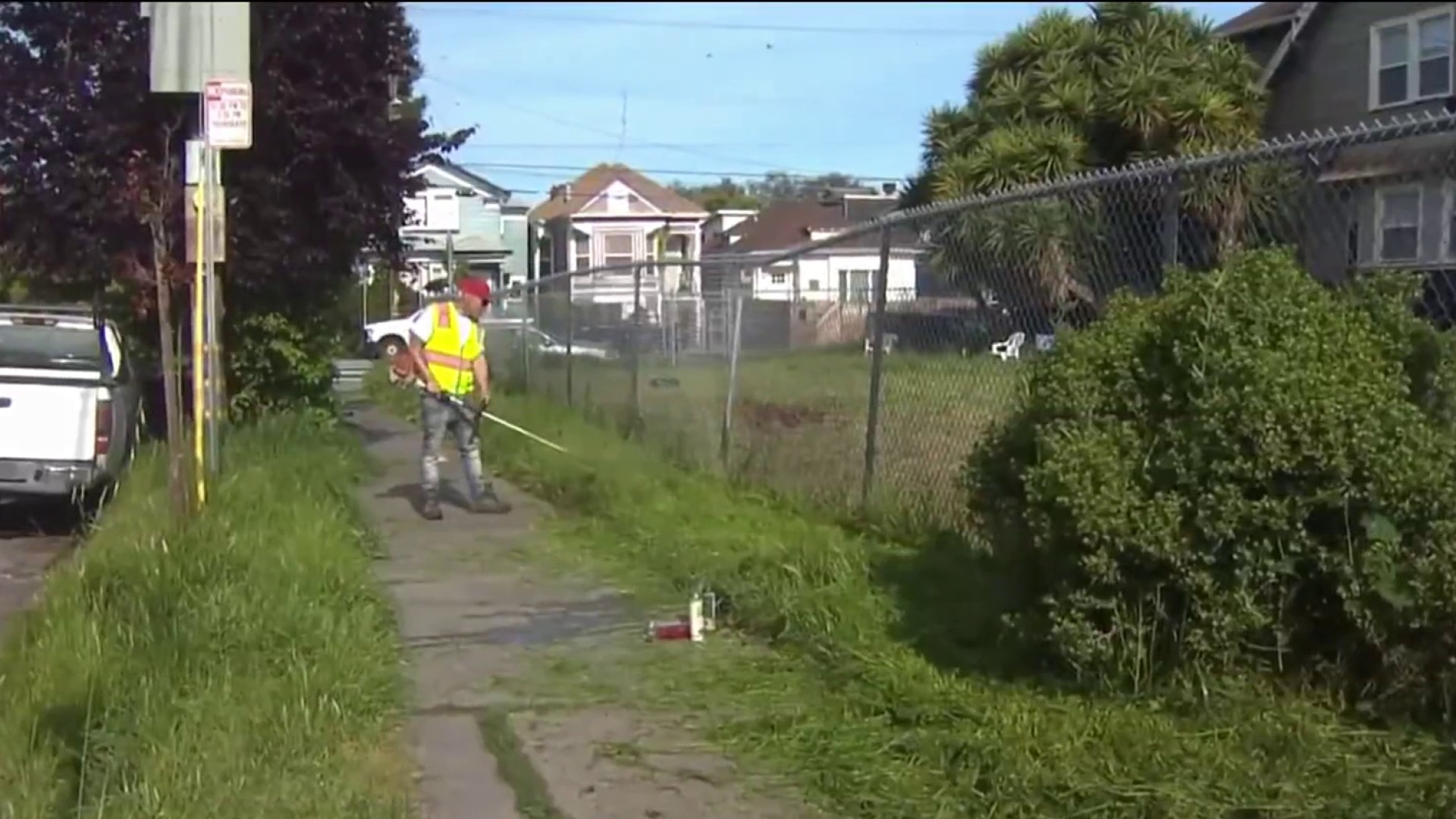This summer's fish die-off in the San Francisco Bay has city leaders looking for a way to prevent it from happening again and scientists say there is something that can be done, but it won’t be cheap.
The relatively quiet surroundings and well-manicured park and green space at San Francisco's Mission Creek Channel, near the ballpark, are favorites to dog owners in the area. Even though the placid waters of the channel look inviting, some don't let their pooches get in.
“I would walk him around it, but I would never let him go in the water. The smell is very strong and it makes me a little concerned,” said John Martinez of San Francisco.
It's not yet clear how toxic recent algal blooms are to us, but it's been fatal to fish. The last example of that was the thousands of fish that died in Oakland's Lake Merritt this summer, which is an estuary of the San Francisco bay.
Get a weekly recap of the latest San Francisco Bay Area housing news. Sign up for NBC Bay Area’s Housing Deconstructed newsletter.
Some policy leaders are leading efforts to prevent this from becoming a regular event.
“We're going to have to invest in getting phosphorus and nitrogen out of our waste stream, or San Francisco bay is going to be a mess for generations,” said San Francisco Supervisor Aaron Peskin.
He called experts on the algal bloom to make presentations on the issue. Scientists believe this summer's massive algal bloom became toxic and depleted oxygen in the water and killed the fish.
Local
“Some days you can smell it and I'm not sure if it's algae or a waste processing treatment plant which is close by,” said Somik Bahara, San Francisco resident.
The die-off coincided with a stretch of extremely hot weather with calm winds.
“We think that light is an important factor here, and anomalously suspended sediment levels this year,” said David Senn of the SF Estuary Institute.
San Francisco, and other Bay Area cities, can't do much about warmer days and climate change, but they can do something to cut back on all the nitrogen and phosphorus that's dumped in the bay from wastewater treatment plants.
That's basically fertilizer for the algae.
This is a solution that could cost billions of dollars but Peskin hopes the federal government can help, like it did in the 1970s with the Clean Water Act.
The hope is San Francisco can lead the way for other municipal water treatments plants to do the same.
The problem won’t be fixed overnight, but they want to start working on it now, to make sure that they get it right.



